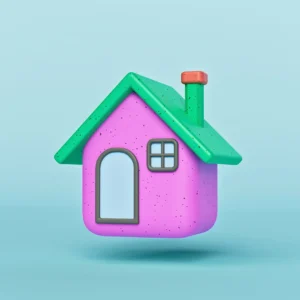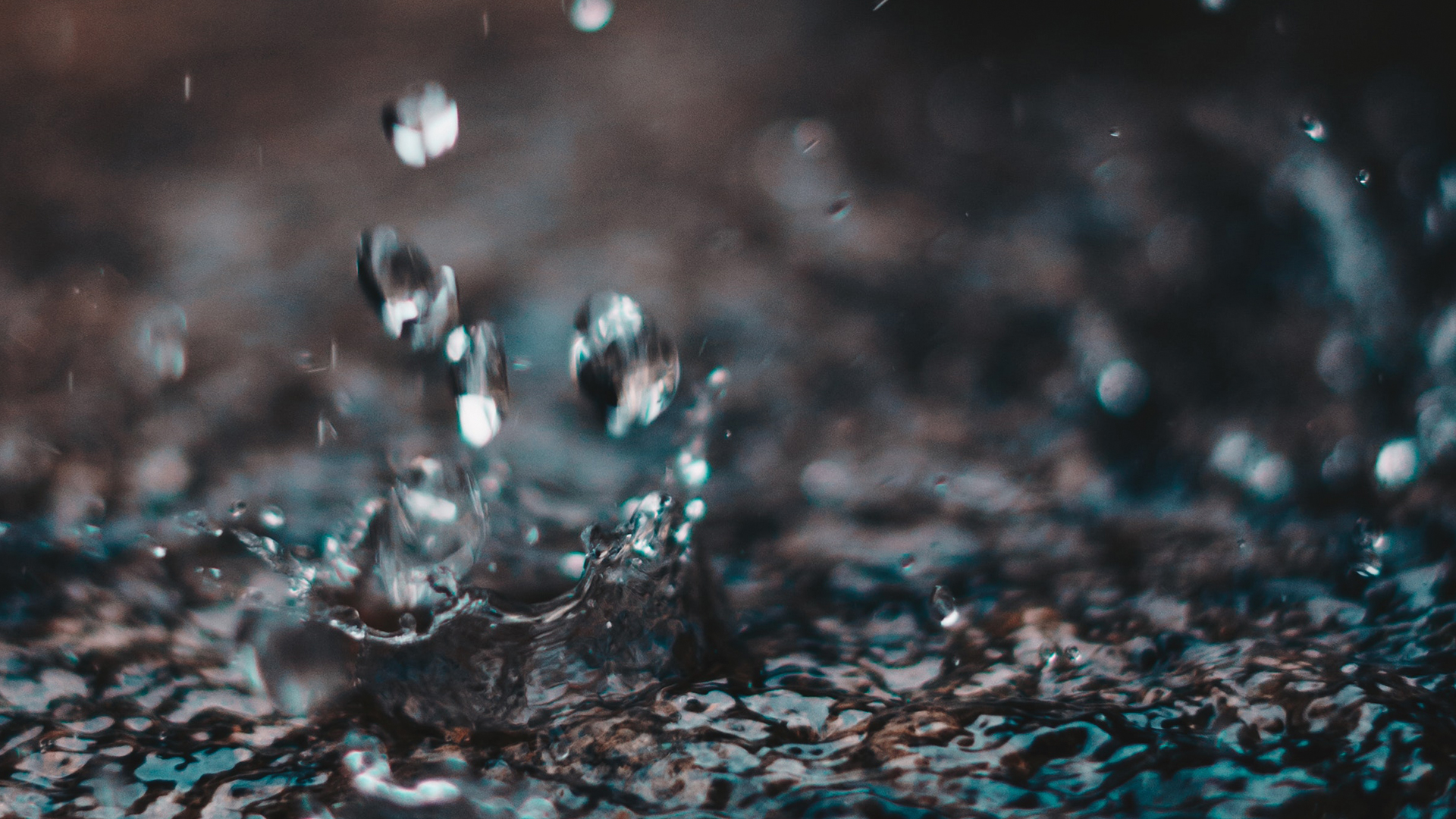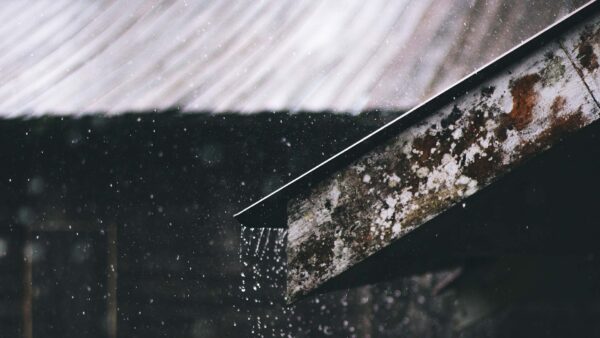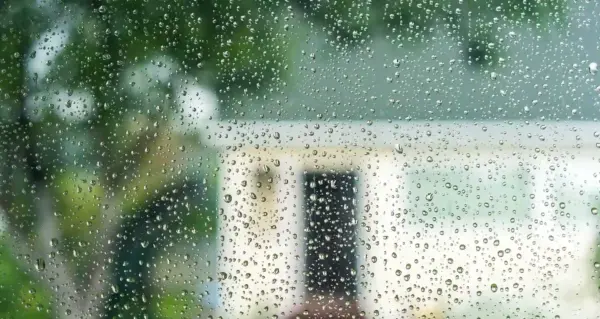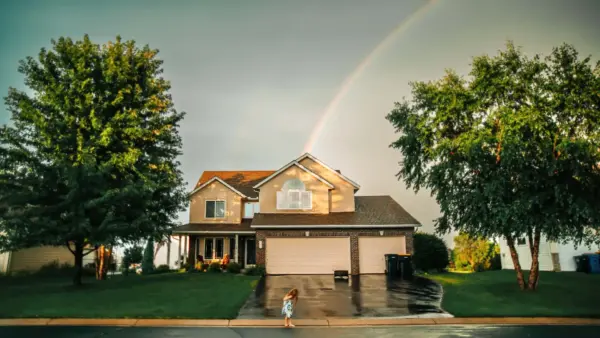Water damage is the leading cause of home insurance claims in Ontario. Do you have all the coverage you need? From slow leaks to burst pipes to sewer backup, there are a lot of ways that water can cause damage to your home. Some are covered, some are not, and some require special insurance endorsements. We break it down for you, and give you some tips on what to do when water damage happens.
Contents
Want the condensed version? View the slideshow
1. Introduction
Water damage has replaced fire as today’s primary cause of home insurance losses in Ontario and the rest of Canada. The costs associated with cleaning, decontamination, repairs, temporary relocation, and replacement or personal property typically run in the thousands to tens-of-thousands of dollars, so whether you live in your own home, a condo, or an apartment, getting proper coverage against water damage is a no-brainer.
In terms of insurance, water damage occurs either due to overland flooding, sewer backup, infiltration, or seepage. In this article we explain what’s normally covered, what’s not, extra coverage you should get, and how to protect yourself from most causes of water damage to your home.
2. Basic Water Damage Insurance – Included With Most Policies
There are essentially 5 types of coverage for water damage included with basic home insurance in Ontario. Additional coverage is generally recommended beyond these basics, but as a starting point, most policies cover the following discharge and overflow scenarios:
- Burst pipes: Often described in your insurance policy as the sudden and accidental escape of water from a plumbing, heating, cooling or air-conditioning system. Most basic home insurance includes damage caused when water discharges suddenly from a pipe inside your home, although it may not be covered if it’s caused by freezing.
Keep in mind that slow leaks or repeated seepage of water over a period of time is not included in the definition of sudden accidental escape of water. - Water containers: The most common example of sudden and accidental escape of water from a domestic water container is a hot water heater rupture. While definitions of domestic water containers differ slightly from company to company, they tend to encompass pretty much anything that contains water, such as:Hot water heater
- Washing machine and dishwasher
- Swimming pool
- Water tank
- Water bed
- Bath tub
- Toilet
- Aquarium
- Water cooler
This coverage also applies to containers outside of the home. Remember that slow leaks or repeated seepage are not covered, because they’re not accidental. Be sure to go over your policy with your broker to address any exclusions that you might be concerned about.
- Water infiltration due to another insured peril: Water which enters your home through an opening created suddenly and accidentally by some other insured peril is normally covered. Examples might include water entering your home when:
- Shingles are blown off your roof
- Wind causes a tree branch to break a window
- Impact from a land vehicle
Most commonly water damage of this kind is due to wind or impact from a vehicle.
- Ice damming:Covered by home insurance under most base policies, ice damming can occur when heat from the attic melts snow and ice on the edges of a roof near the eave, and water gets in the house.When water pools between the thawed, exposed shingles and the ice layer, it can creep under the shingles and drip into the attic space. Ice damming is common in the spring or during mid-winter periods of thaw and freeze, and is sometimes hard to detect.
Ice damming is often caused by insufficient attic insulation, which causes the patches of roof thaw, or when eaves become clogged and water can’t escape.
- Public water mains: If a municipal water main should burst, a basic policy will cover the damage from sudden and accidental escape of water.Public water mains often don’t get tended to by the municipality until there’s a problem. Over time they can corrode from age, and Ontario’s deep frost and freeze-thaw cycles can expand and contract materials, causing cracks.
To know for sure if you’re covered for these basic risks in the event of a water damage claim, be sure to read through your policy documents or speak with your insurance broker. Keep in mind that you’ll likely want more than basic water coverage to protect yourself from nasty surprises down the road.
3. What’s Normally Not Covered?
Specific exclusions will vary between insurers, but most base policies won’t included coverage for:
- Wear and tear: A common saying is that insurance is not a warranty or maintenance contract. Water damage caused by your failure to perform routine maintenance or repair is not covered by insurance
- Mold: Mold, fungus or wet rot is typically not covered; however, some insurers may cover mold if it’s the result of a covered loss.
- Faulty design: The cost to correct any faulty design or construction that may have caused damage
- Power Failure: Water damage might not covered if caused by the failure of a sump pump due to a power outage unless your policy includes utility interruption coverage.
- Vacancy: If your dwelling is vacant or under construction
- Freezing while you’re away: Caused by freezing to the interior when you are away from home for more than a particular period of time
- Freezing during the heating season: Freezing to outdoor plumbing or in unheated areas like the garage during the usual heating season
- Slow leaks: Continuous or repeated leakage or seepage (like slow leaks from a plumbing fixture or appliance)
- Salt water flood: Coastal flooding from salt water, such as from tsunamis and tidal waves
Base policies also usually won’t include coverage for water damage from a drain/sewer, overland flood/surface waters, and ground water. Fortunately, coverage for these common events can be added to your policy separately.
Get a home insurance quote in minutes.
4. The Extras – 3 Types of Added Water Damage Protection to (Strongly) Consider
There are 3 types of water damage risks not included in a base home insurance policy. You must purchase this extra coverage specifically as endorsements or riders; otherwise, they’re excluded from even the most comprehensive policies. The base policy exclusions will still apply to these extra water damage endorsements; however, the protection they provide is substantial. These endorsed risks are common occurrences that can be financially devastating, which is why insurers collect additional premium for them. In addition to the protection these endorsements offer from specific types of water damage, some insurers will also pay up to $1,500 to install backwater valves and sump pumps to prevent future losses.
A) Sewer Backup Insurance Endorsement
Sewer backup is not only highly unsanitary, but the damage can be difficult and costly. Standard home insurance policies generally don’t cover sewer backup, meaning that if you find yourself ankle-deep in raw sewage, you’ll have to foot the bill for cleanup and repairs.
If you can only afford to add one water damage endorsement to your regular policy, sewer backup would usually be the one to choose, because of the negative health impacts associated with water damage and contamination from sewage.
Examples of damage typically covered by sewer backup endorsement:
- Blocked sanitary main: A blocked city sanitary main can cause water and sewage to back up into your home
- Blocked service pipe: Blockages in the pipe that runs between your home and the city’s main sanitary sewer pipe
- Overwhelmed sanitary sewers: Excessive inflow to sanitary sewers from storm runoff
- Blocked gutter systems: Blockages from your gutters, rainwater pipes, weeping tile, or downspouts
- Septic tank: Backup or flood within your dwelling or detached private structure through a septic tank
As with overland flooding, the number of sewer backup claims in Ontario are on the rise, mostly due to climate change and outdated sewer systems and other municipal infrastructures.
How Much is Sewer Backup Insurance?
Sewer backup insurance can be added to your home insurance policy for as little as $20 per year, and up to about $250 per year, depending on your risk factors. Insurance companies usually offer discounts for those who have taken preventative measures such as the installation of gate, flapper, or balloon style sewer backwater valves; alarmed sump pump and pits; or backup power systems.
When you consider the amount of money many families are putting into their finished basements, the added cost is worth the piece of mind.
Sewer Backup Insurance Exclusions
Depending on your policy, sewer backup coverage exclusions might be:
- Flood Sewer backups caused by floods, typically only covered by flood insurance
- Exterior drains: Drains located outside your dwelling, such as exterior window wells
- Sump failure If your sump pump fails due to break down or power failure
B) Overland Flood Insurance Endorsement
Overland flooding, or inland flooding can occur when a source of freshwater or wastewater escapes from its normal confines and flows over dry land; as a result of excessive rainfall; or as a result of snowmelt. Overland flooding is the most frequently occurring natural hazard in Canada and the damage it causes from water seeping into homes through windows, doors, vents, or other openings, is the most costly. Although overland flooding usually consists of relatively clean rainwater, it can also bring with it soil and mud, or it may be tainted with chemicals and other contaminants.
Communities in Ontario and the rest of Canada are designed to handle a certain amount of snowmelt and stormwater; however, when the capacity of the underground sewer pipes and flow routes are exceeded, overland flooding is a very real and potentially very expensive threat to residential areas and your home.
Floods in Ontario occur mostly as a result of:
- Snowmelt: Runoff from spring snowmelt is the main cause of flooding in Ontario, but can also happen during sudden winter thaws, when the water from melting snow can’t penetrate frozen ground, and runs off into streams and lakes, exceeding their regular capacity.
- Ice jams: Ice blockages can cause water to build up in a river or lake, often when the spring thaw is early and rapid. Flooding from Ice jams is less predictable than open-water flooding, and can be more destructive, with deeper and faster moving water and flash floods.
- Thunderstorms and rainfall: Heavy rainfall can lead to flooding, especially in the spring, when the ground is still frozen or already saturated from previous storms
Even if you don’t live in an area prone to flooding, you are still at risk anywhere in Canada. With increasing, profound changes to the weather system, older methods of predicting extreme weather events are inadequate, as are Ontario’s undersized drainage pipes and sewers that aren’t able to keep up with climate change. Two things are certain: Ontario’s infrastructure won’t be brought up to date overnight, and weather systems are getting worse.
How much is Overland Flood Insurance?
Overland flood insurance is priced according to your neighbourhood’s risk factor. If you’re in a low-risk area, overland water protection might be added at no cost if you have sewer-backup protection. Otherwise, overland flood insurance can be added as a separate endorsement from $10 to $30 a month for districts with slight to moderate risk of flooding to significantly more for higher-risk areas. If overland flood insurance is available to you at a reasonable cost, and if you choose not to purchase it, you may not qualify for Disaster Recovery Assistance in Ontario. With the average cost of basement flood damage in an urban area of $42,000, this coverage is a no-brainer if you’re eligible.
Overland Flood Insurance Exclusions
In addition to damage caused by lack of routine maintenance or repair, some other flood-related events might not covered by overland flood insurance. Always check with your broker about specific exclusions. Common examples of overland flood exclusions that Ontario homeowners should look out for are:
- Extreme flood-risk areas: Homes located within 100 meters of flowing water
- Sewer backup: Any damage caused by sewer backup caused directly or indirectly by flood water
- Groundwater: Any damage caused by rising groundwater
- Breached dam: Any damage caused from the intentional breach of water from dams, dikes or levees
C) Groundwater Insurance Endorsement
Seepage or influx of water from underground natural sources through basement walls, foundations, or floors can cause extensive and costly damage. A groundwater endorsement will offer protection for those events, as long as the water infiltration is sudden and accidental, and not a gradual or continuous problem.
Examples of events that may cause groundwater to enter your home include:
- Rising of the water table: A change in the level where soil or rock are saturated with water
- Spring thaw: Melting of snow and ice surrounding your home
- Heavy rain: Long periods of sustained rainfall can cause the ground surrounding your home to become saturated, filling pores and cracks in the underlying soil and rocks
As with other types of water damage insurance, continuous or repeated seepage isn’t covered.
Flooding from groundwater can last much longer than overland flooding, in some cases taking months for levels to return to normal, leading to significant damage and expenses.
Water insurance coverage in Ontario is evolving rapidly to keep up with climate change and aging municipal infrastructures. Over time, endorsements, eligibility, and home insurance discounts change, so be sure to check with your broker that you have all the coverage you need and deserve.
5. If You Experience Water Damage in Your Home
Regardless of how it happens, if water has gotten into your home, it’s important to take action right away to minimize the damage and ensure your claim will go smoothly.
A few things you should do right away:
- If possible, shut off the water supply.
- Call your insurance company.
- Keep receipts for any money you spend out of pocket for cleanup.
- Take lots of pictures before you start cleaning up.
- Move items made of wood or fabric off the floor if possible to prevent further damage.
For more information, check out our article on what to do if you have water damage.
Article Summary
Sources
- https://www.canada.ca/en/environment-climate-change/services/water-overview/quantity/causes-of-flooding.html
- https://www.canada.ca/en/environment-climate-change/services/water-overview/quantity/floods/events-ontario.html
- https://www.canada.ca/en/campaign/flood-ready/overland-flooding.html
- https://tvo.org/article/current-affairs/climate-watch/there-will-be-floods–and-ontarios-not-ready-for-them
- http://www.nsercfloodnet.ca/
- http://www.basementfloodreduction.com/theproblem/overlandflooding.html
- https://agupubs.onlinelibrary.wiley.com/doi/full/10.1029/2007WR006621
Looking for home insurance?
Speak with a Mitch Insurance broker today to get a quote on Ontario home insurance. Learn more >
Call now
1-800-731-2228



